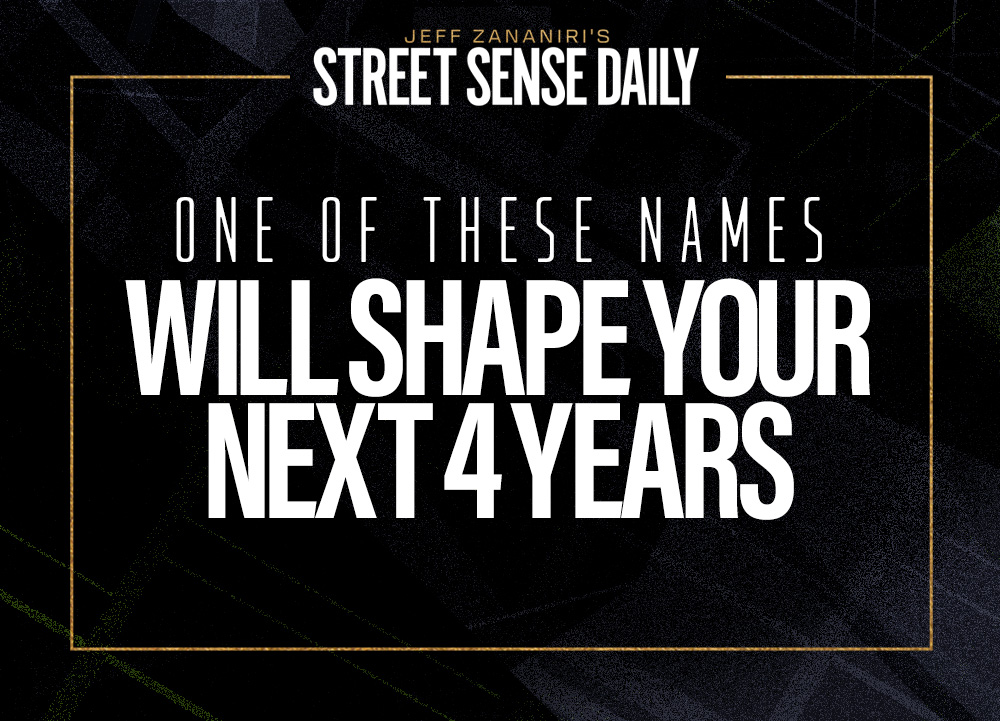Good morning, traders,
Let’s say you bought a call that looked good at the start. It had a clean setup and momentum was building. You weren’t chasing — you were on it.
But then … things stalled.
The move didn’t follow through. Time decay started leaning on the position. Risk crept up and resistance didn’t crack.
So you did the right thing — you closed it. The trade was off.
Then comes the gut punch: The very next day, that stock jumps 10%, and the call you sold for a loss is suddenly up 100%.
Now you’re sitting there second-guessing yourself, thinking: “I blew it. I should’ve held.”
Let me stop you right there.
That’s not a mistake and it’s not bad trading. That’s just a dirty little trick your brain likes to play called hindsight bias.
And if you let it keep running the show, it’ll wreck your confidence and derail your process faster than a missed earnings number.
Here’s how to keep it in check and win.
#END EMAIL COPY
The Trap of Results-Based Thinking
Most new traders, and even some experienced ones, fall into this trap.
They judge decisions based on what happened instead of why they made the decision in the first place.
It’s like flipping a coin, calling heads, and then beating yourself up when it lands tails. You didn’t screw up — the odds just didn’t fall in your favor this time.
Same goes for trading. Sometimes the setup breaks down. The chart turns or the math no longer makes sense.
So, you cut the trade.
That’s smart.
But when price reverses after you’re out, your brain wants to rewrite the whole story: “I shouldn’t have sold.”
Wrong. You made the call based on the information you had at the time. And if your logic was sound, that’s a good trade — win or lose.
Trading Is a Probability Game
You can make money doing dumb things in this business.
Buy a lotto ticket weekly with no plan and sometimes you’ll hit.
But if you’re serious about growing real capital, your process has to be built on decisions that tilt the odds in your favor over time.
You don’t need to win every trade. You need to protect your downside and take shots when the reward justifies the risk.
That means:
- Cutting losers early when your edge disappears
- Avoiding trades when theta starts stacking
- Staying inside your rules, not your emotions
If you followed that process and walked away with a small loss, you didn’t fail.
You passed the test.
Forget Results. Focus on Reason.
Every trade has two outcomes: the result, and the reason.
Most traders obsess over the result. The good ones obsess over the reason.
Before you close a trade, ask yourself:
- Has the setup changed?
- Is the stock moving against your thesis?
- Has the risk-to-reward flipped on you?
- Is time decay becoming a bigger enemy than the chart?
If the answer is yes — cut it. Don’t hesitate. Don’t negotiate.
Even if it rips the next day.
The goal isn’t to win every time. It’s to make smart bets over and over and over.
That’s what keeps you in the game.
So if you’ve closed a trade recently and then watched it run, don’t kick yourself.
Don’t fall for the lie that your decision was bad just because the outcome wasn’t what you wanted.
Outcomes change. Good process doesn’t.
And that’s what keeps your account growing quarter after quarter.
Stay street smart,
Jeff Zananiri
P.S. Starting tonight at 8 p.m. ET, Danny Phee and I are kicking off a four-day series called AI Mania, a no-fluff walkthrough of the exact gameplan traders need right now.
We’ll cover where the real AI setups are, how to trade them with precision, and what to avoid so you don’t get caught chasing the hype.
*Past performance does not indicate future results


